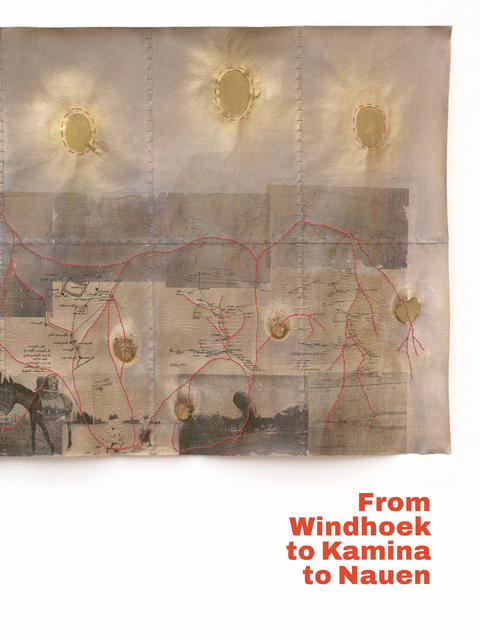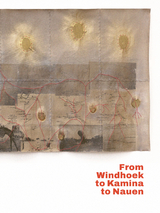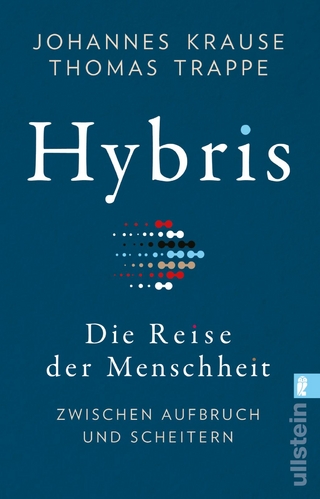Von Windhoek nach Kamina nach Nauen ist eine Auseinandersetzung mit den heutigen Echos der Telegrafie von Nauen (Deutschland) über Kamina (Togo) nach Windhoek (Namibia). Die Technologie der drahtlosen Telegrafie (ein Vorläufer unserer heutigen weltweiten Internettechnologie) ist in die koloniale Gewalt-, Kriegs- und Völkermord-Geschichte wesentlich involviert. Der weltweit erste Einsatz von Funktelegrafie als mobiles militärisches Kommunikationsmedium erfolgte im Krieg gegen die Herero und die Nama 1904–1908, der im Völkermord endete. In der Folge wurde ab 1910 am Aufbau einer dauerhaften Funkverbindung zwischen dem Deutschen Reich und den Kolonien gearbeitet. Ab 1914 kam diese Technologie zum Einsatz, wird aber mit Ausbruch des Ersten Weltkriegs bereits nach wenigen Monaten wieder zerstört. Dieses Arbeitsheft ist der Beginn eines Gesprächs zwischen Wissenschaftler*innen und Künstler*innen aus Namibia, Togo und Deutschland über die koloniale Nutzung der Telekommunikation und ihre Auswirkungen. From Windhoek to Kamina to Nauen listens to the present-day echoes of telegraphy between Nauen (Germany), Kamina (Togo), and Windhoek (Namibia). Wireless telegraphy (a precursor of today’s global internet technology) is an integral part of the history of colonial violence, wars, and genocides. Radio telegraphy was used for the first time worldwide as a mobile means of military communication during the war against the Herero and the Nama 1904–1908 which ended in genocide. Subsequently, from 1910 onwards a permanent radio connection between the German Reich and its colonies was built. These installations were used from 1914 on, but were destroyed when Namibia was occupied by the South Africa at the beginning of World War I. This workbook is the beginning of a conversation about the colonial use of telecommunications and its effects between scientists and artists from Namibia, Togo and Germany. De Windhoek à Kamina à Nauen aborde les échos de la télégraphie de la télégraphie entre Nauen (Allemagne), Kamina (Togo) et Windhoek (Namibie) aujourd’hui. La télégraphie sans fil (un précurseur de la technologie de l’Internet mondial d’aujourd’hui) est un élément intégral de l’histoire de violences, de guerres et de génocides coloniaux. La radiotélégraphie fut utilisée pour la première fois comme moyen de communication mobile militaire au monde pendant la guerre contre les Hereros et Namas entre 1904–1908 qui se termina en génocide. Par la suite, à partir de 1910, il fut établit une liaison radio permanente entre le Reich allemand et ses colonies. Ces installation furent utilisées à partir de 1914, mais elles furent détruites dès les débuts pendant la première guerre mondiale. Cet carnet est le début d’une conversation entre des scientifiques et artistes de la Namibie, du Togo et de l’Allegmagne sur l’utilisation coloniale de la télécommunication et ses effets.
Mèhèza Kalibani is a PhD candidate at University Tübingen as well as curator for colonial past and postcolonial present at the Foundation of Historical Museums of Hamburg. His scientific work revolves around questions concerning colonial sound archives, immaterial heritage and restitution.
Tuli Mekondjo (b. 1982, Angola), is a self-taught Namibian artist who works with
mixed media including embroidery, collage, paint, resin and mahangu (millet)
grain — a Namibian food staple — textures which she extends into modes of performance.
Dieter Daniels has been Professor of Art History and Media Theory at the Academy
of Visual Arts (HGB) in Leipzig since 1993. He has published on Marcel Duchamp, John Cage, Nam June Paik, Fluxus, Media Art and Media Theory.
Frederike Moormann is a freelance artist and artistic assistant at the Department
of Experimental Radio at Bauhaus University Weimar. Her research-based and
site-specific sound works revolve around remembrance culture and spatial perception.
Born in Onamwoolo, Ohangwena region, Frieda Ndeutala Kaunapawa Mukufa is
a Masters in English and Applied Linguistics degree holder from the Namibia
University of Science and Technology. She is currently the part-time-editor for
various organisations such as Blog4SDGs and Jeffrou’s Language Consultancy, although employed as the Assistant Publisher at Kuiseb Publishers.
Nashilongweshipwe Mushaandja is a cultural worker, educator and writer with
practice-research interests in performance, archives and public culture. He
is currently based in Windhoek, Namibia after completing his PhD in Performance
Studies at the University of Cape Town.
Angelika Waniek is a performance artist.
Her artistic work is characterized by her interest in the political perspectives
on performative and visual practises. By working at the interface of knowledge
and experience transfer she uncovers the potential of joint actions.
| Erscheinungsdatum |
29.03.2023
|
| Co-Autor |
Mèhèza Kalibani, Tuli Mekondjo, Dieter Daniels, Friederike Moormann, Frieda Mukufa, Nashilongweshipwe Mushaandja, Angelika Waniek |
| Verlagsort |
Leipzig |
| Sprache |
englisch; französisch; deutsch |
| Themenwelt
|
Kunst / Musik / Theater ► Film / TV |
| Sachbuch/Ratgeber ► Geschichte / Politik ► Allgemeines / Lexika |
| Schlagworte |
Dekolonisierung • Herero und Nama • Kolonialismus • Kolonialzeit • militärische Kommunikation • Namibia • NamTwitter • Technologiegeschichte • Telegrafie |
| ISBN-10 |
3-949554-10-6 / 3949554106 |
| ISBN-13 |
978-3-949554-10-0 / 9783949554100 |
| Zustand |
Neuware |




